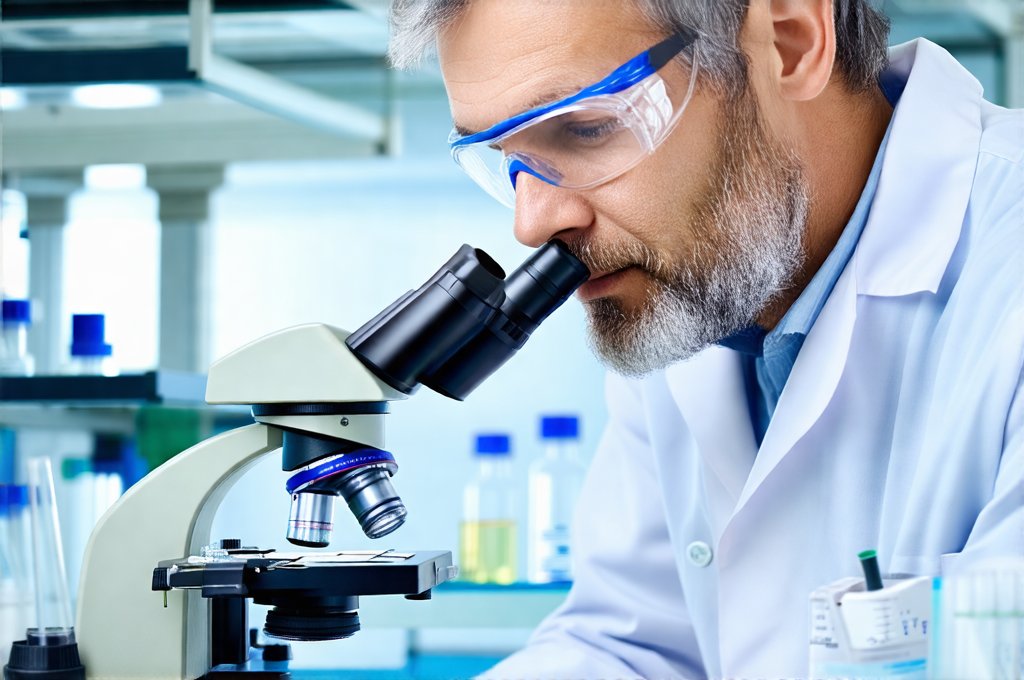The seemingly innocuous act of using scented soap – a daily ritual for many – can surprisingly trigger sample contamination flags in various analytical settings, from environmental testing to forensic science. This isn’t necessarily about the soap itself being “bad” but rather the residual transfer of compounds present in these products onto surfaces, materials, or even directly into samples during collection or preparation. These residual compounds, often fragrance molecules, can then interfere with analyses, leading to false positives, skewed results, and ultimately, compromised data integrity. The issue is compounded by the sheer variety of scented soap formulations available, each boasting unique chemical compositions and varying concentrations of fragrant ingredients.
Understanding how these seemingly insignificant traces impact analytical outcomes requires a shift in perspective – we must view everyday personal care products as potential sources of contamination that necessitate careful consideration during sample handling protocols. It’s not just about avoiding obvious contaminants like dirt or debris; it’s about recognizing the subtle, often invisible, chemical fingerprints left behind by our daily routines. This is particularly critical when dealing with trace analysis where even picogram quantities can significantly influence results. The challenge lies in identifying and mitigating these sources of interference to ensure the reliability and validity of analytical data. If bladder inflammation is suspected as a contributing factor, further investigation may be necessary.
Scented Soap Composition & Transfer Mechanisms
Scented soaps aren’t simply “soap” – they are complex mixtures containing surfactants (cleaning agents), emollients, preservatives, dyes, and most importantly, fragrance compounds. These fragrance components can be natural extracts (essential oils) or synthetic molecules designed to mimic scents. Common synthetic fragrances include phthalates, polycyclic musks, and various aldehydes. The volatility of these compounds plays a crucial role in their transferability. Highly volatile compounds readily evaporate and can deposit onto nearby surfaces, including sampling equipment, containers, or even the sample itself.
Transfer mechanisms are multifaceted. Direct contact – handling samples with hands recently washed with scented soap – is an obvious pathway. Indirect transfer occurs through airborne deposition of fragrance molecules onto surfaces, followed by sample contact. Even seemingly clean lab coats can harbor residual scents that subsequently contaminate samples. Furthermore, some fragrances are lipophilic (fat-soluble), meaning they readily dissolve in oils and fats present on skin or sampling tools, increasing their likelihood of transfer.
The extent of contamination depends on several factors: the concentration of fragrance compounds in the soap, the volatility of those compounds, the duration of exposure to the scented soap, and the porosity/absorbency of the sample or collection materials. This makes pinpointing the source of contamination a complex task, often requiring meticulous record-keeping and controlled experimentation. In certain cases, bladder wall thickening may be associated with chronic exposure to irritants.
Analytical Implications & Detection Strategies
The presence of fragrance compounds in samples can manifest as false positives or skewed quantitative results across numerous analytical techniques. Gas Chromatography-Mass Spectrometry (GC-MS), commonly used for environmental analysis and forensic toxicology, is particularly susceptible. Fragrance molecules can mimic target analytes or create background noise that obscures genuine signals. Similarly, Liquid Chromatography-Mass Spectrometry (LC-MS) can be affected by ion suppression or enhancement caused by fragrance compounds.
Detecting these contamination flags requires a multi-pronged approach. Firstly, blank samples – control samples containing no analyte of interest – should be routinely analyzed alongside actual samples to establish baseline levels and identify potential contaminants. Secondly, the use of high-resolution mass spectrometry can help differentiate between target analytes and interfering compounds based on their precise mass-to-charge ratio. Thirdly, employing rigorous quality control measures during sample collection and preparation is paramount:
- Using fragrance-free soaps for handwashing before handling samples
- Employing disposable gloves and changing them frequently
- Utilizing dedicated, cleaned sampling equipment for each analysis
- Implementing thorough cleaning protocols for lab surfaces and work areas.
Identifying Fragrance “Fingerprints”
One of the biggest challenges is identifying the specific fragrance compounds responsible for contamination. Analyzing blank samples using GC-MS or LC-MS can reveal a “fingerprint” of common fragrance molecules present in the laboratory environment, potentially tracing back to sources like scented soaps used by personnel. Databases of fragrance compositions are invaluable resources for matching detected peaks with known fragrance ingredients.
However, identifying the source isn’t always straightforward. Many fragrances contain dozens of different compounds, making it difficult to pinpoint the exact soap responsible for contamination. Furthermore, some synthetic fragrances can degrade into various breakdown products, further complicating identification efforts. Utilizing isotopic analysis – examining the isotopic ratios of carbon or hydrogen within fragrance molecules – can sometimes help differentiate between natural and synthetic sources. It is important to note that cystitis may present similar symptoms.
Minimizing Cross-Contamination Risk
Cross-contamination occurs when fragrance compounds are transferred from one sample to another during processing. This is a common issue in forensic laboratories where multiple samples are handled sequentially. To minimize this risk, dedicated workspaces should be established for different types of analyses. Sampling equipment must be thoroughly cleaned between each use, and disposable materials should be favored whenever possible.
Implementing strict protocols for personal hygiene – including fragrance-free handwashing and the use of lab coats – is also crucial. Regular monitoring of blank samples can help identify potential cross-contamination events early on, allowing corrective actions to be taken before data integrity is compromised. Documenting all cleaning procedures and sample handling steps is essential for traceability and accountability.
Establishing Standard Operating Procedures (SOPs)
Ultimately, preventing scented soap-related contamination requires establishing robust SOPs that address potential sources of interference throughout the entire analytical workflow. These SOPs should clearly outline:
- Acceptable handwashing practices (fragrance-free soaps only).
- Recommended cleaning protocols for sampling equipment and lab surfaces.
- Guidelines for using disposable materials.
- Procedures for analyzing blank samples and identifying potential contaminants.
- Documentation requirements for all sample handling steps.
Regular training of personnel on these SOPs is vital to ensure consistent implementation and adherence to best practices. Periodic audits should be conducted to verify compliance and identify areas for improvement. By proactively addressing the risk of scented soap-related contamination, analytical laboratories can enhance the reliability and validity of their data, safeguarding the integrity of scientific findings. Understanding natural ways to support bladder health is also important.





















